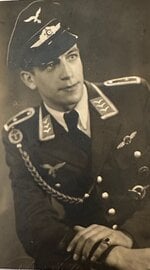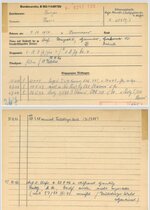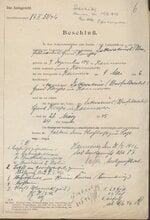- Thread starter
- #21
Why would that be listed if it wasn't his last name or seem like a dog tag number?Major Schnaufer 2.Nachtjagdbomber 4.Staffel"
"B60519/3"
Luftwaffe and Allied Air Forces Discussion Forum - View Single Post - Hans Henjes njg 1
Luftwaffe and Allied Air Forces discussion forumforum.12oclockhigh.net





